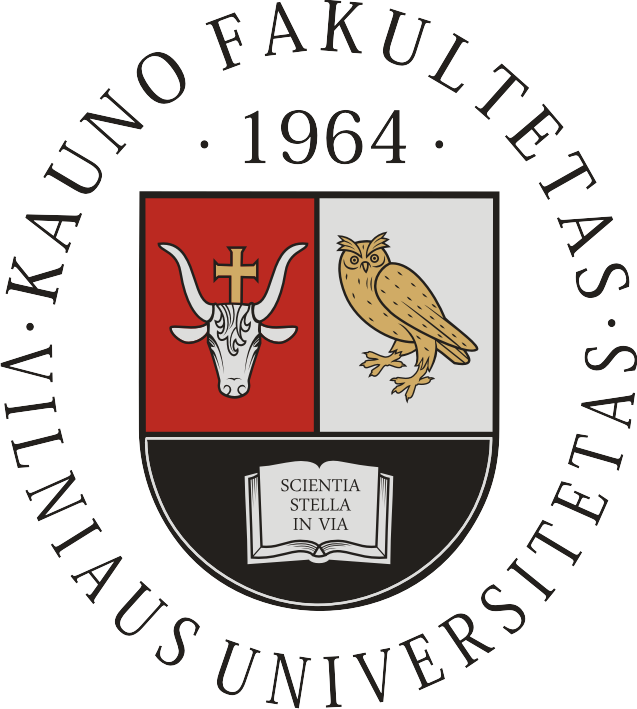Transformations in
Business & Economics
- © Vilnius University, 2002-2020
- © Brno University of Technology, 2002-2020
- © University of Latvia, 2002-2020
Article
LAND-USE CHANGE FOR MAIZE IN CHINA AND ITS DRIVING FORCES: A MULTILEVEL MODELLING APPROACH BASED ON HOUSEHOLD DATA
Lei Yang, Hsiaoping Chien, Yongfu Chen, Zhigang Wu
ABSTRACT. Maize has become a key issue for food security across the world, including China. This paper analyzes the land-use change for maize in China and its driving forces using a multilevel approach with cluster data from 13,605 farm households across 290 villages in 31 provinces from mainland China. A theoretical model for analysing land-use change for maize in China is derived from the optimisation of profit function, and the driving forces are focused on economic, irrigation, mechanisation, governance, household characteristic, land-type, and climate factors. Data analysis and model selection exhibits significant heterogeneity in terms of land-use change for maize across the villages. Based on the Area Model and the Ratio Model, the empirical results demonstrate the following. First, natural environmental conditions are crucial for land-use change for maize in China. Second, the net revenue per hectare of maize is a crucial, significantly positive driving force of land-use change for maize. Third, the wheat area positively affects the maize area due to crop rotation between maize and wheat in most major maize-producing regions. Fourth, the improvement of the mechanisation level is beneficial to land-use change for maize. Fifth, subsidies positively affect land-use change for maize. Sixth, farm-household size positively affects the maize area, and off-farm household income decreases the maize area but increases the ratio of maize to the total cereal area. Finally, climate factors differentially affect land-use change for maize across regions in China. The results suggest that it is important for policymakers to integrate various considerations with respect to differences among regions and situations when promoting land-use change for maize .
KEYWORDS: land-use change; maize; driving forces; multilevel model.
JEL classification: Q12, Q15, R14.

